Manual exposure in photography is a shooting method where the photographer manages the two fundamental parameters: shutter speed and aperture. It is a myth of professional photography and as such it does not always correspond to actual reality. Auto ISO with manual exposure is a technique for making manual shooting easier.
A professional photographer is familiar with his equipment; in particular, he knows how to choose carefully when to shoot with manual exposure or when to rely on the various automatisms, including Program.
The choice to work in manual exposure is dictated by particular starting conditions; for example shooting in a studio with a flash or due to special exposure constraints or techniques. Quite often it is easier to set one of the two parameters and leave it to the camera to choose the correct value for the other.
Manual exposure, full control
Shooting with manual exposure gives us complete control over the fundamental parameters of time and shooting. One of the requirements is to choose a fast enough shutter speed, for example to compensate for any camera shake when held in the hand. Other times it is bound to a technical factor such as the synchronization time with the flashes. In other situations, however, we are looking for particular effects such as blur or panning where longer times are the most suitable.
Regarding the choice of diaphragm obviously we are talking about how the whole scene will be perceived; with blurred backgrounds thanks to very open apertures or clearly legible together with the subject with particularly closed apertures.
Auto ISO (200) 1/3000 f 4.5
Professional photographers also add special attention to particular aperture values; is a focus on the best optical performance of a lens: each optic in fact has a particular diaphragm with which it expresses its best performance. It therefore happens that the shooting settings are sometimes dictated by the best aperture value for the type of shot; to follow the corresponding times and then, last parameter, the ISO sensitivity to be used.
Sensitivity is also a parameter to be chosen carefully.
Eventually we must arrive at a correct exposure. Working manually we have, as in other modes, the control of the sensitivity of the sensor, that is, of its ability to intensify the brightness of the scene. We know very well that the sensitivity value, ISO, if too high, produces a general noise. This limit moves higher and higher from generation to generation: the new cameras offer increasingly cleaner high sensitivities. We can use ISO values between 100 and 1600 with great serenity without almost noticing the difference. By knowing both the camera and our raw development programs thoroughly we can extend this range.
Auto ISO with manual exposure, the best of both worlds
So here’s the little trick: let’s calmly choose the times and apertures that best suit our needs; we leave it to the camera to choose which iSO to use to always have the correct exposure.
To prevent the camera from choosing extreme values we can always set the limit within which Auto ISO will choose the values.
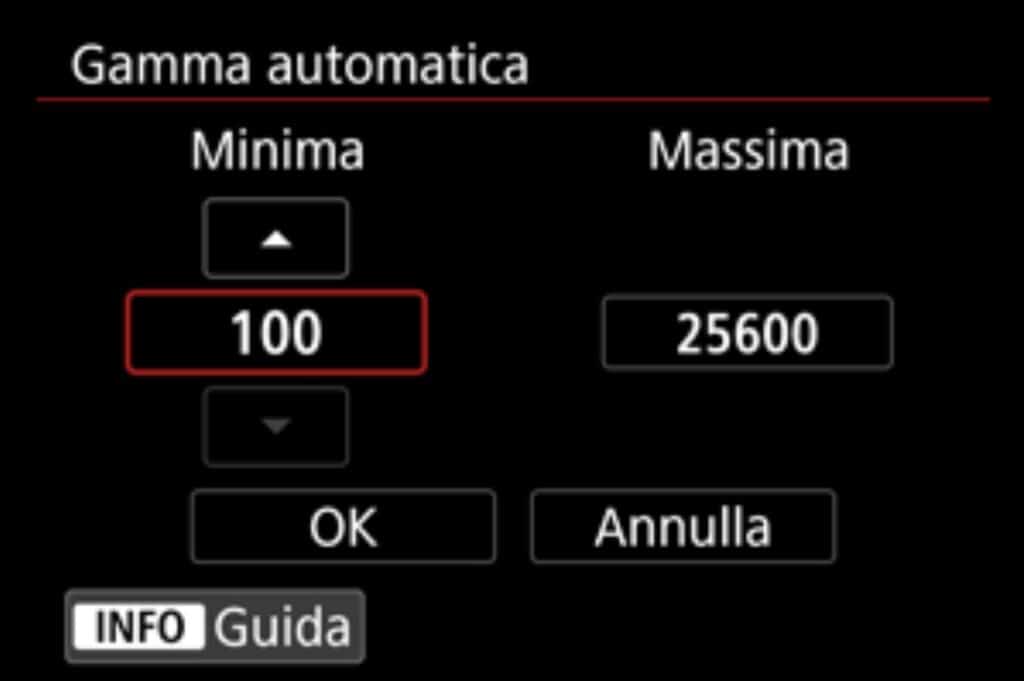 The Auto ISO range setting menu
The Auto ISO range setting menu
With classic manual exposure (with fixed ISOs) we always have to align the exposure indicator to zero to be sure of the correct exposure. With this method, however, we no longer have to check the indicator; pay attention to the ISO value in the display: if one of the two extremes we have set appears and flashes it means that we have reached the limit. We will therefore have to change times or apertures to make sure that Auto ISO has room for maneuver.
Auto ISO with manual exposure: ideal for medium-variable situations
This little trick it works very well when we face situations that I can vary without excess. An indoor shooting approaching or moving away from the window or an exterior with passages from light areas to dark areas. It is not a valid solution for transitions between extreme illuminations; in these cases it is more advisable to give the camera more control as a priority to shutter speeds or apertures.
A narrative advantage
Besides being a simpler way of working we also have another advantage using Auto ISO with manual exposure: the coherence between the images.
When a series of images share many common parameters (perspective, depth of field, color balance, orientation…) they create a stronger narrative; they are more easily combinable with each other both in layouts and video montages.






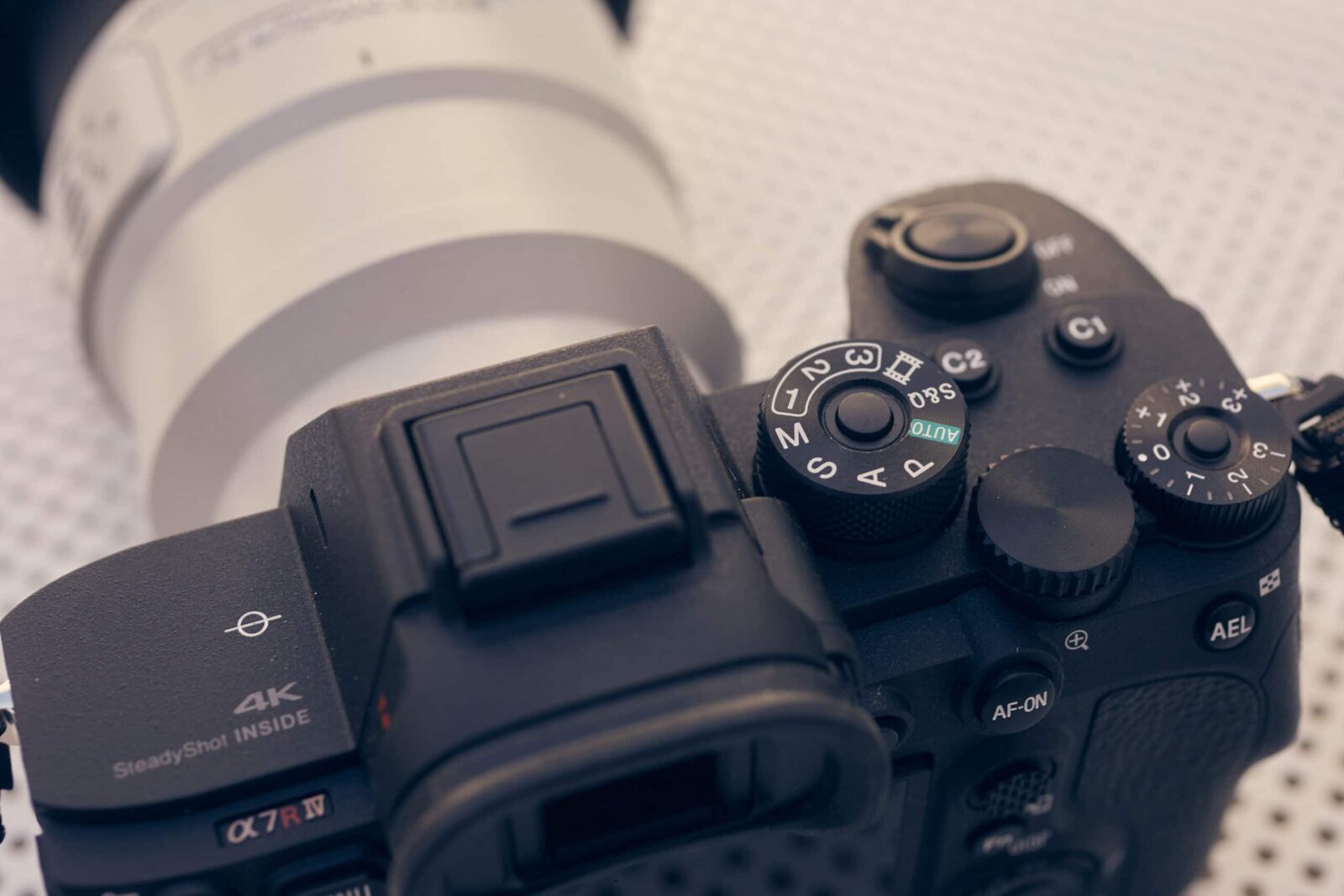
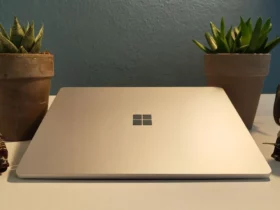


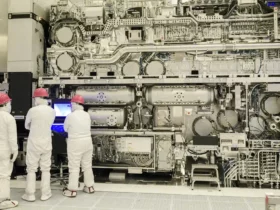

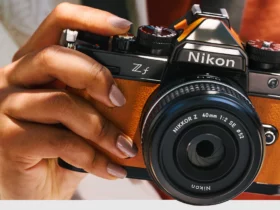
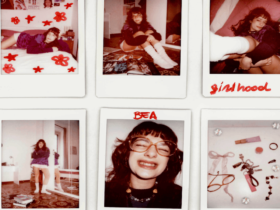
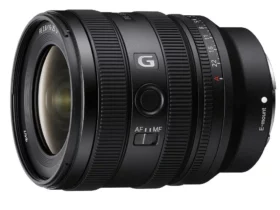
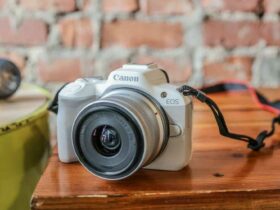
Leave a Reply
View Comments